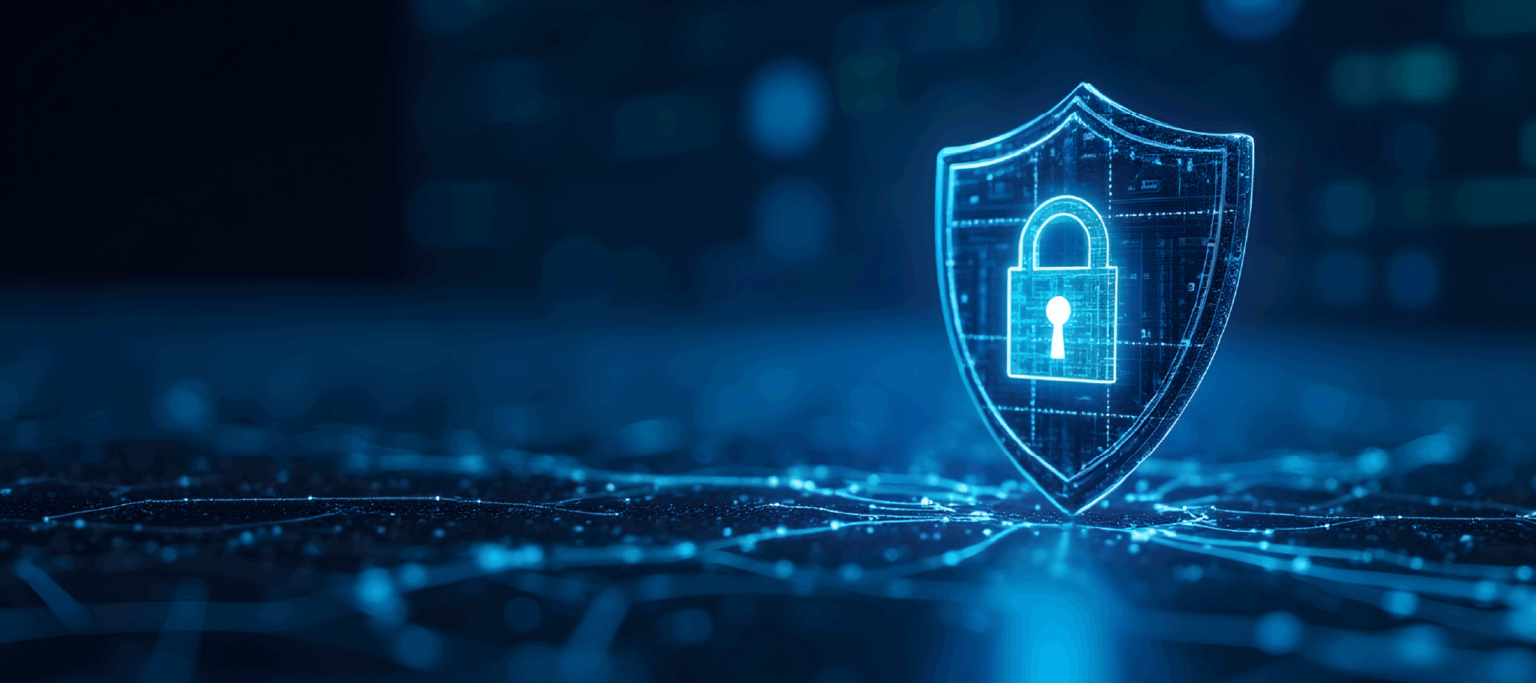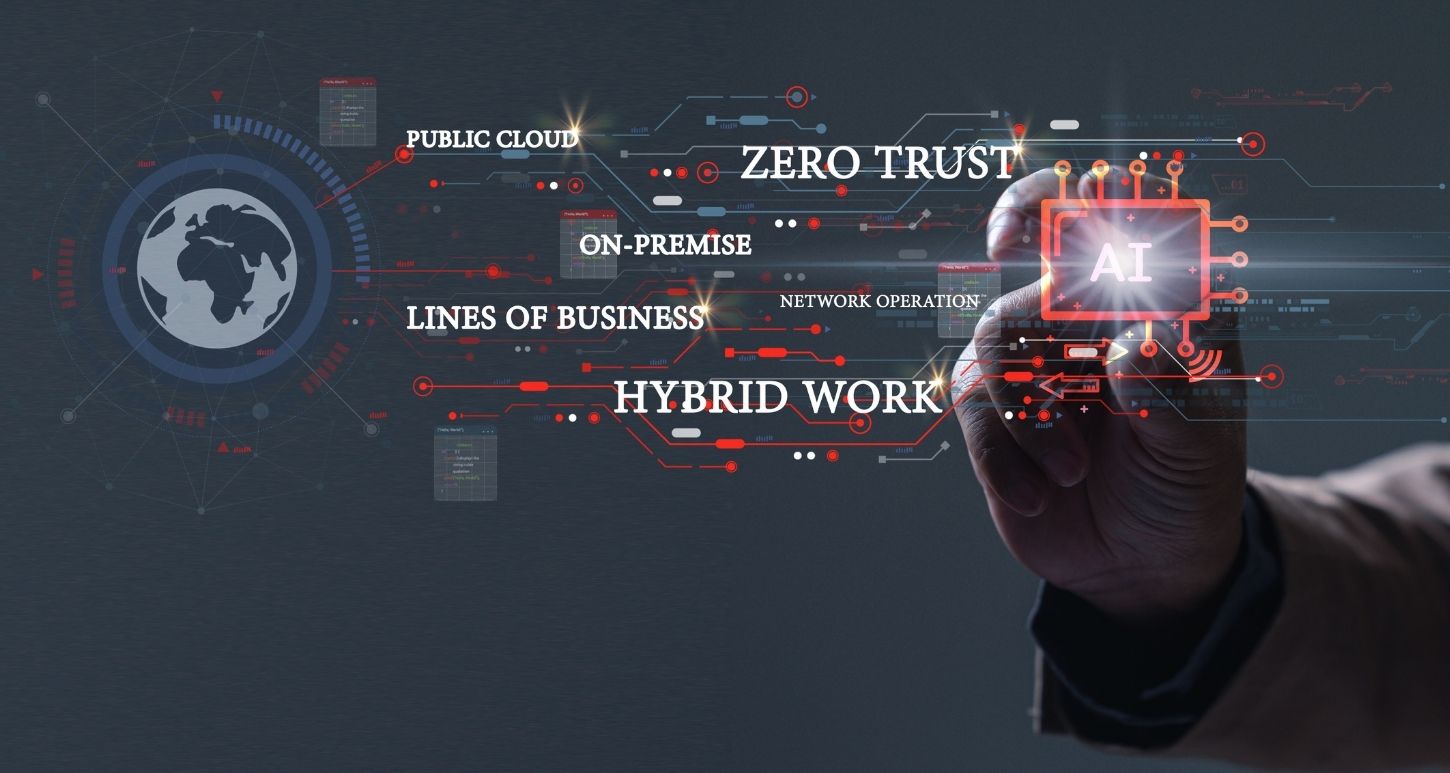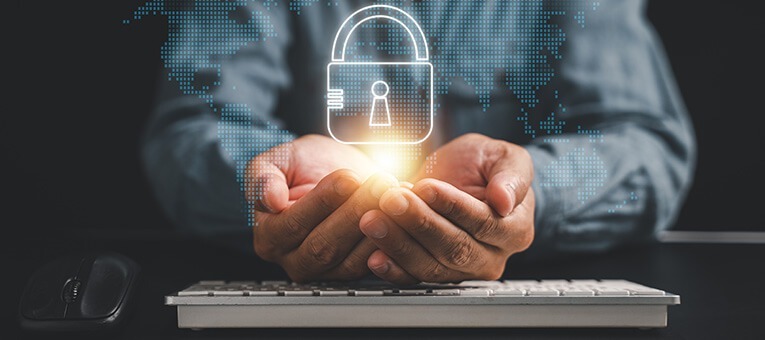
In a January 2025 advisory, CISA’s then-director, Jen Easterly, stated that “China’s sophisticated and well-resourced cyber program represents the most serious and significant cyber threat to our nation, and in particular, U.S. critical infrastructure.” Whether they aim to spy, disrupt, or destroy, safeguarding infrastructure against Salt Typhoon cyberattacks and other

In a world where bad actors employ increasingly sophisticated technologies to wreak havoc, organizations are looking beyond traditional perimeter approaches in favor of a Zero Trust strategy. Remote and hybrid work, increased reliance on managed services and third parties, and a rapidly evolving threat landscape comprise just some of the

If you’re wondering if your organization’s ransomware defense strategy is as strong as it could be, you’re not alone. Ransomware has emerged as one of the top cybersecurity threats you need to be concerned about, with an average cost of $4.45 million per incident. According to Verizon, about a third

Transport layer security (TLS) is one of the most common tools for keeping users safe on the internet. When automated, TLS certification management can help organizations ensure more reliable and consistent use of TLS, reducing the need for human intervention and risk of human error. In fact, over the years,

As the head of GDT’s security practice and an industry veteran, Jeanne Malone and her team help customers worldwide advance their cybersecurity posture. One of the biggest cybersecurity game-changers is artificial intelligence (AI). We asked Jeanne to weigh in on leveraging AI and machine learning in cybersecurity to improve intrusion


The most critical phase of an incident response process is recovery. Every minute business is disrupted by a cybersecurity incident, there is signifcant cost placed on the organization. A quick recovery response can help limit costs making recovery the absolute goal of responding to an incident. Organizations cannot skip critical


In the ever-evolving landscape of Cybersecurity, Zero Trust has gained significant traction as a powerful approach to securing digital assets. Zero Trust challenges the traditional perimeter-based security model by assuming that no entity, inside or outside the network, can be trusted without verification. However, Zero Trust is not just about